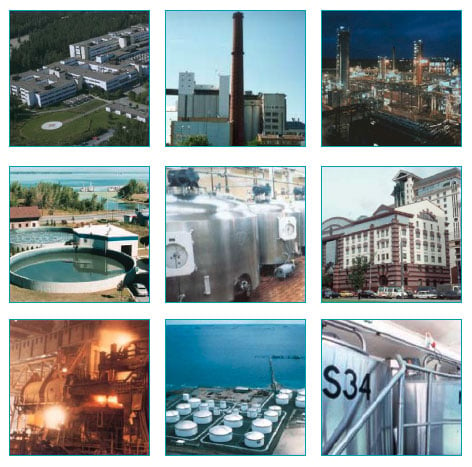What’s at stake?
Liquid pumps and related equipment are the single largest user of electricity in industrial and commercial applications. In the UK this amounts to 45TWh annually which is equivalent to the annual electricity use of 12 million homes.
The UK Government has announced a ten-point plan for a green industrial revolution covering clean energy, transport, nature, and innovative technologies. The blueprint is intended to allow the UK to wipe out its contribution to climate change by 2050. However, the contribution of pumps to global warming is not being addressed in this ambitious plan, despite the UK’s past commitment to tackle the issue. This is a serious oversight, given the high energy use of pumps and their critical role in maintaining our industrial base and standard of living.

"This has meant they have avoided identifying inefficient pumping systems and subsequently making them more efficient, which would significantly cut their energy use and help the environment.”
The policy challenge
Larger industrial pump users have been required to carry out audits of energy use and introduce improvements under the UK’s Energy Saving Opportunity Scheme (ESOS), since 2015. However, some have taken advantage of a loophole allowing them to opt out of this requirement, if they complied with the ISO 50001 standard aimed at energy management. This has meant they have avoided identifying inefficient pumping systems and subsequently making them more efficient, which would significantly cut their energy use and help the environment. The latest revision of ISO50001 has closed this loophole but weak market surveillance and low penalties mean that action in this important area remains stalled. A ‘carrot and stick’ approach is needed. Fines should be significantly increased to make sure that ‘bad-players’ can no longer afford to ignore the problem. In addition, appropriate government support should be provided to make the financial case for change more attractive and help the drive towards Net Zero.
The missing 11th point
The government’s ten-point plan towards a Green Industrial Revolution are diverse, and in some cases the anticipated savings are some time away. They range from supporting wind power, nuclear energy and zero emission vehicles, to encouraging green buildings and transport, including advanced aviation. There is a praiseworthy emphasis on securing quality future jobs in these ‘new horizon’ sectors as well as helping the environment. However, there is a notable lack of attention to some existing core sectors of UK industry that also have a bright future, but which need to invest in energy savings. We believe the huge savings to be realised by improving the energy efficiency of our pumps and pumping systems should become the 11th point in the Government’s plan.
To take a few examples, the anticipated savings in million tonnes of CO2 equivalent in the 12-year period up to 2032 from greening public transport, the shift to zero emissions vehicles, and green ships amounts to 7 MtCO2e. However, if we extrapolate over the period from 2015 to 2032 the hoped-for annual energy savings of 7TWh, produced by greening pumps, would have amounted to 119 TWh or around 60 MtC02e. This is on a much greater scale than the CO2 savings of the three elements of the government’s 10-point plan previously mentioned.
In fact, it is almost three times the expected longer-term savings – between 2023 and 2030 - from advancing wind power, which according to the government figures is expected to attract around £20 billion of private investment by 2030 and amounts to around 5% of 2018 UK emissions.

By Steve Schofield - British Pump Manufacturer’s Association (BPMA). Continue to Read the Article in Full Here



